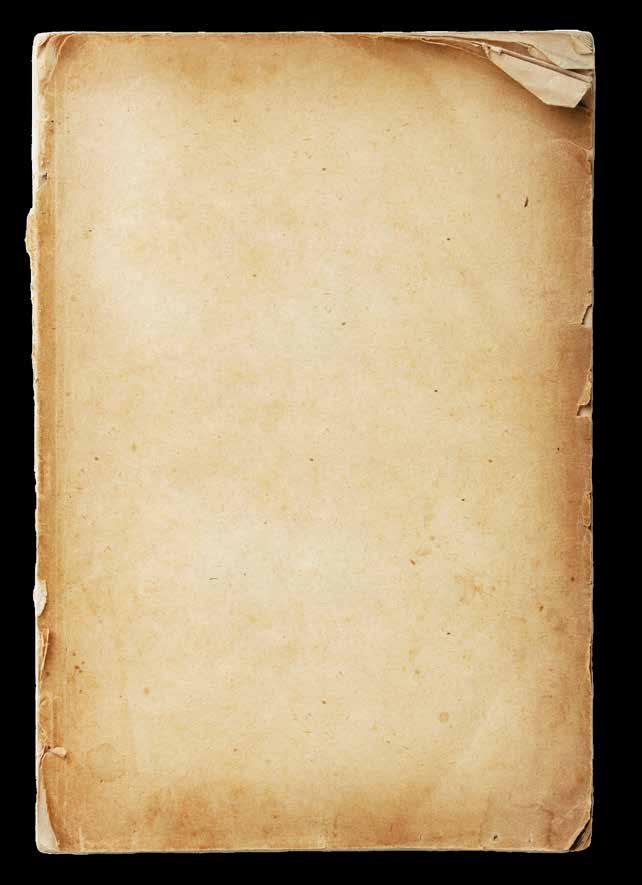
1 minute read
Pets
RIPLEY & DISTRICT:
HERITAGE TRUST THE CURSED TOWN HALL
Advertisement


Some motorists might have had reason to curse the Town Hall recently, as the works on it divert them round the town, but it would not be the first time the building was maligned. Soon after the Local Board was formed in 1867 (the first big change in local government since medieval times), the Board set out two main priorities: to improve the town’s water system, and to provide a market hall and public offices. There followed over ten years of wrangling. The hall was to be in the Market Place, on the site of the White
House, but the owners wouldn’t sell. To build the hall, the council had to borrow £4000 (£300,000 in today’s money), at 5% interest over 30 years, and the rates would have to go up to help pay for it.
The Local Government Board in London took some convincing: they insisted on not one but two enquiries where local people gave their views, and this is where the real problem lay: half of the town thought that the hall was unnecessary and a waste of money. They were so worked up about it that in 1879 a Ratepayers’ Protection Society was formed, and fielded candidates in the local elections for the 4 seats (out of 12) up for election. All 4 were elected. However, by this time the council had bought and demolished the White House, approved plans and appointed an architect, and in August 1879, the loan was approved by the government. (They were told by telegram, forerunner of the text!). It was too late to stop it, and the opposition caved in. On 31st March 1880, the memorial stones were laid and a year later the new building opened, a French chateau in the middle of an industrial town.

The market hall was never popular and was soon abandoned, but the building remains as Ripley’s most prominent landmark (or roadblock).


